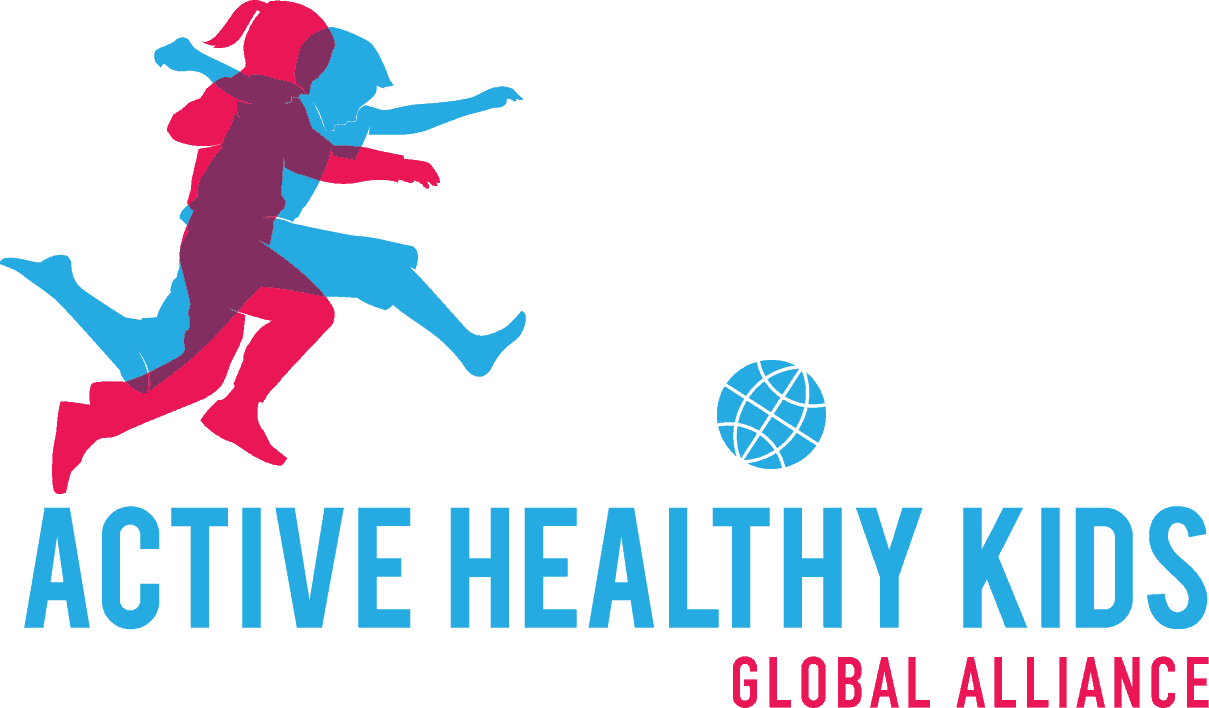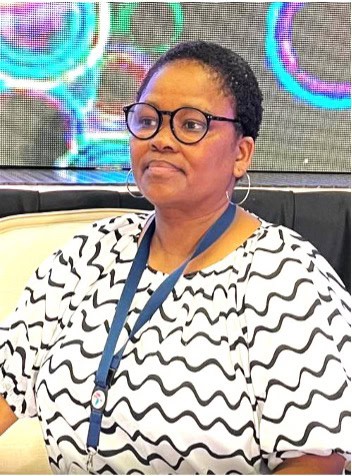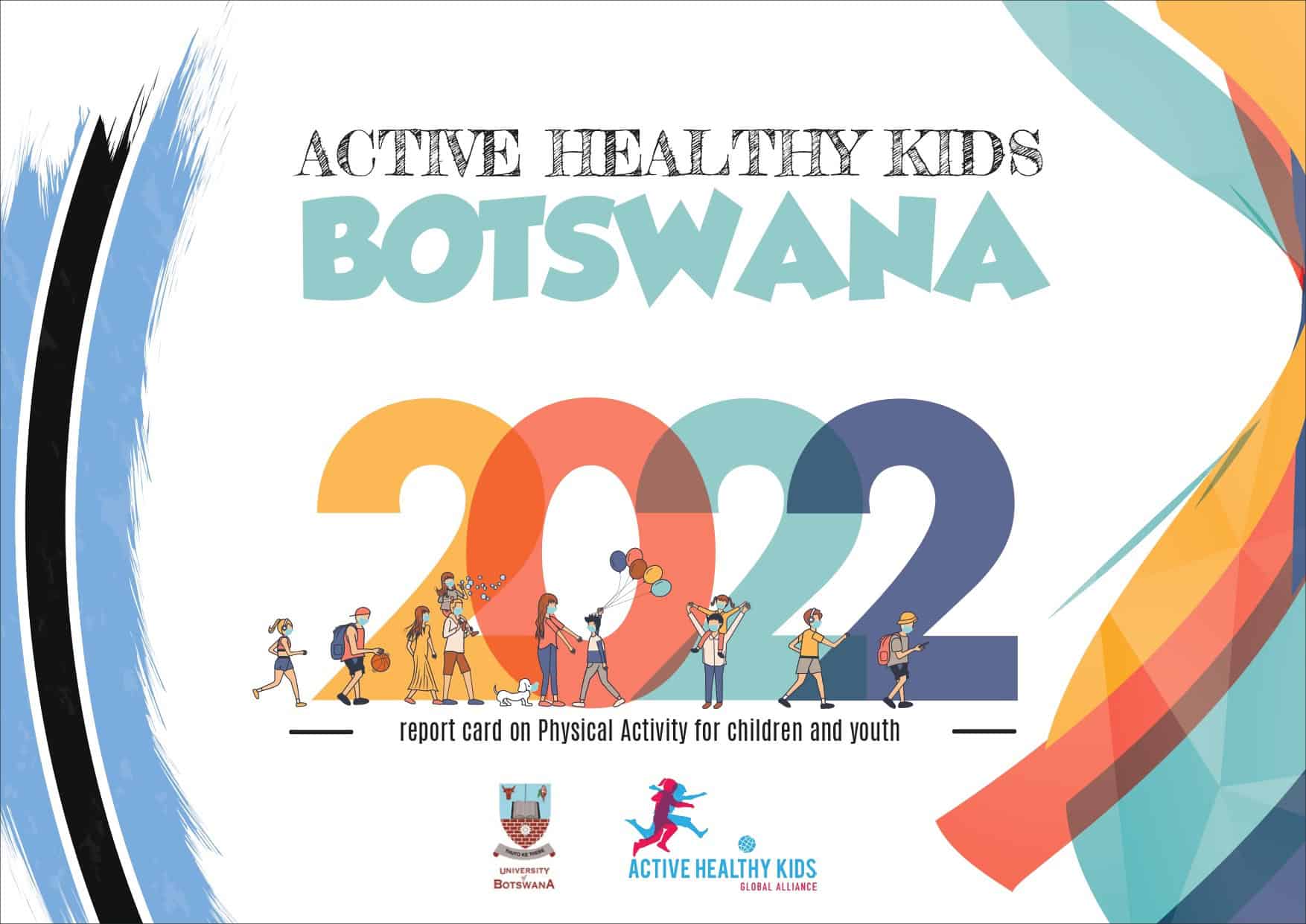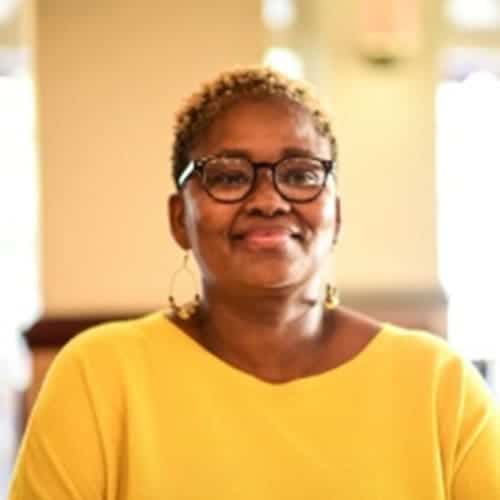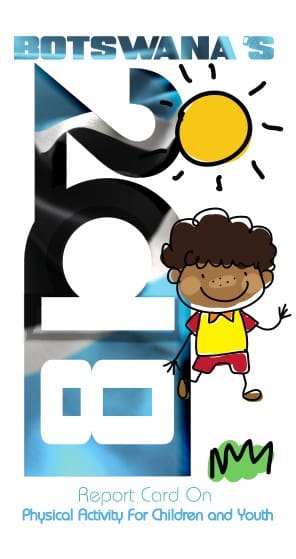

Report Card Leaders
Dawn Mahube Tladi, PH.D.
Currently a Senior Lecturer and acting Head of the Department of Sport Science at the University of Botswana. Dawn holds a PhD in Movement Science (Exercise Physiology) from Florida State University, Tallahassee, FL USA. She teaches a wide range of graduate and undergraduate courses in exercise science and physical education. Her research interest is the use of physical activity (PA) and exercise interventions as a modality for disease prevention and healthy living promotion. She has done research in the area of epidemiology of lifestyle diseases and the effects of exercise particularly, on the metabolic syndrome among Batswana adults. She currently is involved in PA research in various populations and for various purposes in different communities.
Dawn has done research on the effects of long term HIV/AIDS treatment on cognition, nutrition and physical fitness among adolescents in Botswana. She currently is the country leader for the Active Health kids Global Alliance, with the mission of promoting PA for children and adolescents. She is currently leading a survey on the PA, dietary intake and physical fitness of school going age children in Botswana. She recently broadened PA research to early childhood years by joining the International Surveillance Study of Movement Behaviours in the Early Years, as the country principal investigator.
Dawn has expertise in exercise testing, be it for general fitness, high sports performance or research purposes. She is also an advocate for provision of quality physical education to all school going age children to increase children’s physical activity and health. Swimming instruction is one of the courses she teaches at UB and has great interest in advocacy for learning swimming skills for all Batswana as a form of exercise, life skill and safety in general. Hobbies: Travelling, Swimming (she loves water) and walking/jogging.
Malebogo Monnaatsie, PH.D.
Dr Malebogo Monnaatsie is a lecturer of Exercise Science and Wellness in the Sports Science department at the University of Botswana. Her primary research interests involve using mHealth technology, Ecological Momentary Assessments (EMA), and wearable devices for surveillance and promotion of physical activity and other movement-related behaviours. She has developed specific expertise in the context of shift workers, exploring the unique challenges they face in maintaining physical activity levels. Her other research interests include physical activity surveillance for children and youth in Botswana through the Active Healthy Kids Global Alliance and Sunrise study. Most recently, she is highly enthusiastic about developing and implementing interventions for prevention and management of chronic diseases. Dr Monnaatsie also collaborates with researchers from health sciences, nutrition, nursing, and population studies. Together, they engage in joint research initiatives, co-author academic papers, and pursue funding opportunities to support their projects. She is passionate about advocating for quality physical education for all and promoting physical activity as a fundamental component of health and well-being.
Report Card Grades
- Overall Physical Activity: D+
- Organized Sport and Physical Activity: D+
- Active Play: C-
- Active Transportation: C
- Sedentary Behavior: C-
- Physical Fitness: C+
- Family and Peers: C-
- School: C-
- Community and Environment: D-
- Government: D-
Related Links
Report Card Leader
Dawn Tladi, Ph.D.
Dr Dawn Tladi is currently a Lecturer at the University of Botswana in the department of Sports Science. She holds a PhD in Movement Science (Exercise Physiology) from Florida State University, Tallahassee, FL in the US. Teaches a wide range of graduate and undergraduate courses in exercise science to physical education students. Her research interest lies in the use of physical activity and exercise interventions as a modality for disease prevention and promotion of healthy living. She has done research in the area of epidemiology of lifestyle diseases and the effects of exercise particularly, the metabolic syndrome among Batswana adults. She is currently involved in physical activity research in various populations and for various purposes in communities. Has done research on the effects of long term HIV/AIDS treatment on cognition, nutrition and physical fitness among adolescents in Botswana. She is currently leading a survey on the physical activity, dietary intake and physical fitness of school going age children in Botswana. With the event of COVID – 19, which brought to a stop of all the physical data collection, she embarked on an online COVID – 19 survey determining the impact of the lockdowns on physical activity, wellness and mental health of Batswana adults. She has expertise in the field of exercise testing in general, be it for general fitness, high sports performance or research purposes. She is also an advocate for provision of physical education to all school going age children. She is currently the Botswana report card leader for the Global Matrix 4.0.
Report Card Grades
- Overall Physical Activity: INC
- Organized Sport and Physical Activity: INC
- Active Play: D-
- Active Transportation: C
- Sedentary Behavior: B-
- Physical Fitness: INC
- Family and Peers: INC
- School: C-
- Community and Environment: INC
- Government: C
Related Links
Top Three Priorities
- Embark on a nationwide data collection of all indicators to know what’s on the ground, hopefully this will give us an informed guide to where we are lacking behind as a nation.
- Form an advocacy group, get more stakeholders involved in creating awareness and drumming up the importance of the initiative to the nation as a whole.
- To Advocate for PE for all in the schools, at least we already have indicators covered by the schools in place and hopefully these will be more attainable.
Report Card Leader
Testimonial
"It has been a great experience for me as a first timer working with the AHKGA Global Alliance 3.0 initiative, I have learnt a lot through the collaboration. Being kept on my toes with deadlines helped me not to lose focus especially with all the other stuff that we have to do at our jobs. It has grown me as a leader of the team and has been an eye opener to a very important area of research that has been neglected in the country. It has been a great and fruitful journey for me." - Dawn Tladi, Ph.D.
Conference Abstract: Movement to Move
Report Card Title and Authors
Results from Botswana’s 2018 Report Card on Physical Activity for Children and Youth
Dawn M. Tladi, Malebogo Monnaatsie, Sheila Shaibu, Gaonyadiwe Sinombe, Gaonyadiwe G. Mokone, Lesego Gabaitiri, Omphile Hubona and Leapetswe Malete.
Brief Introduction
Despite physical inactivity now being the fourth leading risk factor of mortality globally, very little is known about physical activity (PA) among school-aged Botswana children and youth. The purpose of this paper was to summarize the results of the 2018 Botswana’s Report Card.
Methods
A literature search was done from several research databases to inform the 10 core PA indicators of the Global Matrix 3.0. These indicators include Overall PA, Organized Sport Participation, Active Play, Active Transportation, Sedentary Behaviors, Physical Fitness, Family and Peers, School, Community and Environment, and Government. Data synthesized was mainly from published peer-reviewed articles, grey literature, stakeholder websites, policy reports from the WHO, and relevant ministries. Expert and subjective information and observation was also used to produce the Botswana’s 2018 Report Card.
Results including Table of Grades
The Overall PA, Organised Sport Participation, Physical Fitness, and Family and Peers indicators were allocated an incomplete due to insufficient data. A grade C- was assigned to the School indicator and a D- to Active Play, both data were derived from expert opinion and subjective observation. Active Transportation and Sedentary Behaviors grades were based only on the Guthold et al. (2010) study. There is a clear indication of data paucity in PA and its influencing indicators among Botswana school-aged children and youth. Although some of the indicators were graded with the available data, further research is needed to appropriately grade all 10 indicators.
Conclusion / recommendations
A comprehensive national survey on the PA of school-aged children and Youth in Botswana is needed. Regardless, Botswana’s 2018 Report Card will provide an informed baseline which will guide the national survey. Data from the national survey will provide guidance to policy makers and direction to interventions that can improve PA among Botswana children and youth.
Table of Grades
| Indicator | Grade | Rational |
| Overall Physical Activity | INC | 11.7% of the 13-15 year olds were reported to be physically active for at least 60 min per day (GSHS, 2005). However, this indicator cannot be graded as the literature is quite old and no recent documentation of the current status exists among the children and youth age group. The Report Card team will embark on a comprehensive national survey on the physical activity and physical fitness of the school-aged children and youth in July 2018. |
| Organized Sport Participation | INC | There is insufficient data to accurately grade this indicator. Participation in organized sport in all Botswana schools is evidenced by the annual BOPSSA and BISA competitions. Evidence also exists in that out of school sport development programs are being run by the BNSC which involve in and out of school sports for children and youth. However, this indicator cannot be graded due to lack of documentation on the actual numbers of children involved in these nationwide activities. |
| Active Play | D- | This indicator was graded based on expert opinion. Approximately 20% of the children play actively, mostly children living in rural areas. No empirical evidence is available that addresses active play, let alone the specifics of active play (e.g., frequency, duration, type). |
| Active Transportation | C | 49% of 13-15 year olds show that they engage in active modes of transpor4. Most children walk to school, especially those living in rural areas. It has been the government’s priority to minimize the distance that children walk to get to schools, by recognizing the fact that transport costs are not affordable for many Botswanan children and youth. |
| Sedentary Behaviours | B- | 34.5% of 13-15 year olds spend 3 hours or more per day sitting4. This data also suggests that approximately 64.5% of 13-15 year olds (same age group?) sit for less than 3 hours. No study addresses the screen time data but the amount of time spent sitting or engaging in sedentary activities. |
| Physical Fitness | INC | There is insufficient data to accurately grade this indicator. |
| Family and Peers | INC | There is insufficient data to accurately grade this indicator. Though the STEPS survey of 2014 revealed that 57.3% of adults are not engaging in vigorous-intensity physical activity. |
| School-infrastructure, policies and programs |
C- | Physical education (PE) is offered in all junior and secondary schools as an optional subject which approximately 33% of 13-17 year olds take part in. PE is taught by trained PE teachers and offered to all students in private schools while it is optional in governmental or public schools. There are 1,138 schools (primary and secondary) in Botswana, of which 99% of schools are private (1/10 of all schools). There is no data on school facilities and equipment that support physical activity in schools. However, this indicator is graded based on the expert opinion that most private schools provide good facilities and equipment that support the teaching of PE. |
| Community and Environment | INC | There is insufficient data to accurately grade this indicator. Lack of community sport facilities and equipment hinder participation in physical activity. Playgrounds/parks have mushroomed in recent years especially in urban cities though there is no document to support such change. Involvement of non-government organizations and companies provided funding for sport development among children and youth. These observations are largely anecdotal, therefore insufficient to grade accurately. |
| Government | C | The 2011 National Health Policy advocates for physical activity promotion, particularly in young people. The 2010 National Youth Policy strategy advocates for the improvement and access to recreation, sport and creative arts programmes and facilities. There is no documentation of implementation and evaluation of these policies, to measure the level of their success or failure. Funding is made available to all schools for sports activities, including PE and both BISA and BOPSSA are fully funded by the government. |
